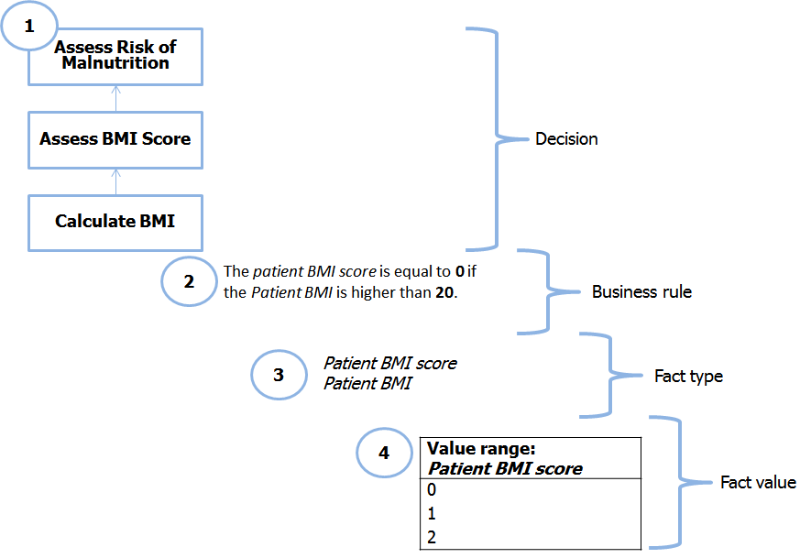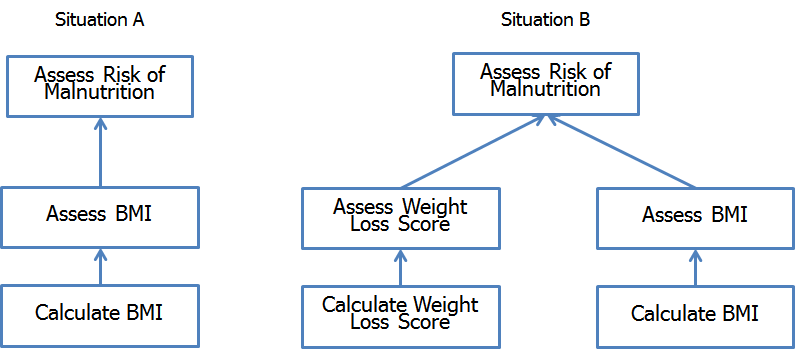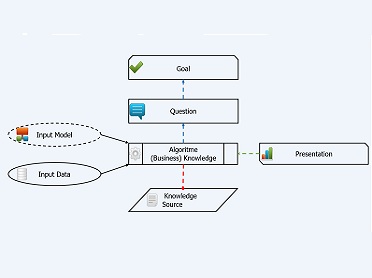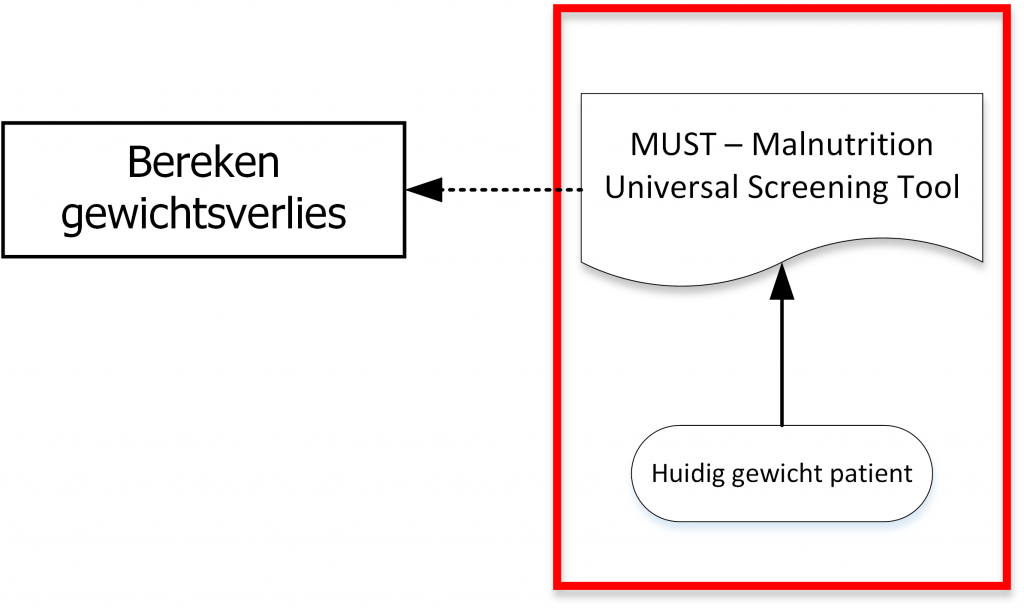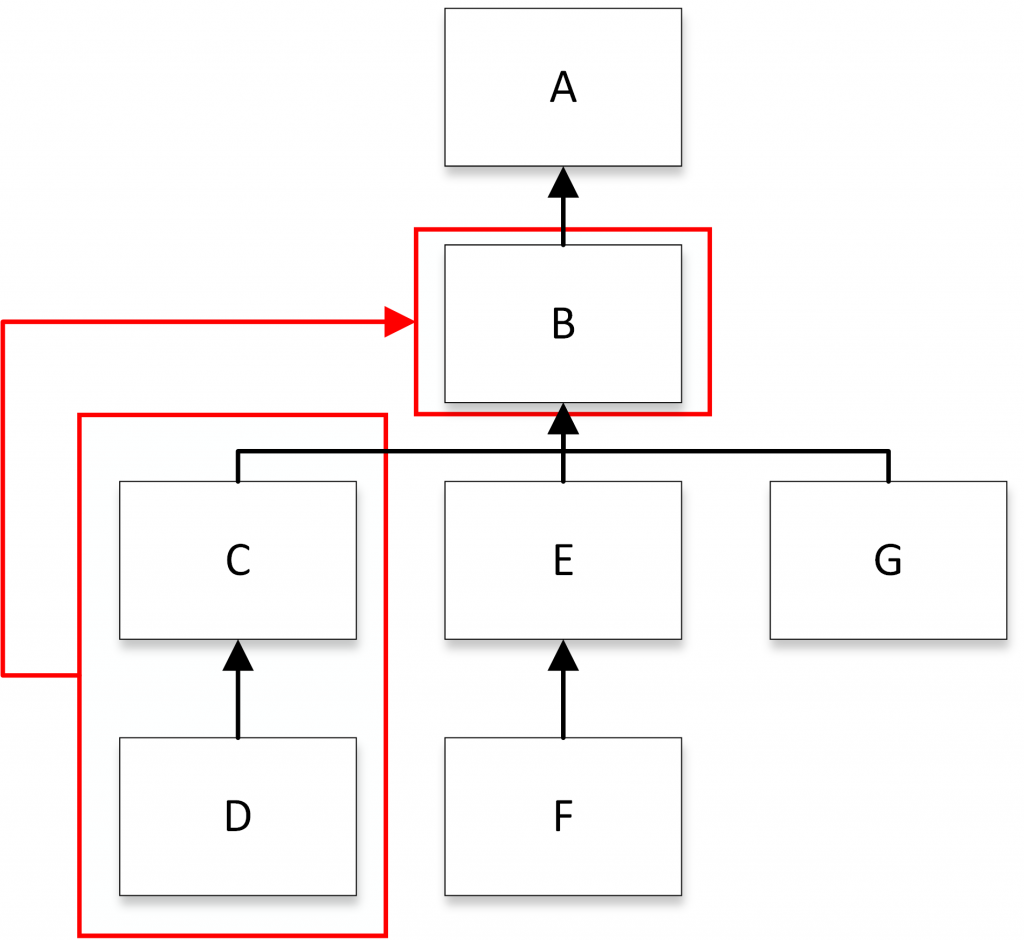Business rules change at an increasing pace which is caused by rapidly changing customer requirements, legislation and policy. Simultaneously, a shift arises that demands an enhanced transparency with regard to the business operations of organizations. This shift forces organizations to demonstrate which business rules are applied in which situations. In order to be able to keep up with the high frequency of change and to comply with the transparency demands, the management of decisions and underlying business rules becomes increasingly important. An important question is therefore: “which modifications can occur to a decision and underlying business rule set?”
Multiple theoretical models exist that describe all possible modifications to a decision. However, a more important question is: which modifications actually occur in practice? To answer this question 6017 modifications to decisions and underlying business rules have been analyzed. The results of this analysis are presented in this article.
Changes to Decisions
In total, twelve modification types are recognized: 1) create decision, 2) delete decision, 3) modify decision label, 4) create business rule, 5) delete business rule, 6) modify business rule, 7) create condition fact type, 8) delete condition fact type, 9) modify condition fact type label, 10) create fact value, 11) delete fact value, and 12) modify fact value. Each modification type can be assigned to one of four levels: a decision (level 1), an individual business rule (level 2), a fact type (level 3), and a fact value (level 4), see also figure 1.
Figure 1: Changes to decisions and business rules
The first level at which changes take place is the decision level. In total, three modification types are recognized: 1) create decision, 2) delete decision, and 3) modify decision label.
When a decision is added two scenarios are possible. In the first scenario a decision is added to an existing decision structure. The example depicted in figure 2 demonstrates this by adding two new decisions, “Assess Weight Loss Score” and “Calculate Weight Loss Score” to the existing decision: “Assess risk of malnutrition”. The second scenario comprises the creation of a new decision and associated decision structure, see figure 3. The example in figure 3 features two decision structures in which the decision structure regarding “Assess risk of malnutrition” is not modified in any way, but another decision structure, “Assess food intake”, is created. In total, 75 (1.2%) out of 6017 modifications were classified as “create decision.”
Figure 2: Adding a decision scenario 1
The modification type delete decision comprises a decision that is deleted from an existing decision structure, or the deletion of the entire decision structure. In total, 91 (1.5%) out of 6017 modifications were classified as “delete decision.”
When the label of a decision is modified only the name of the decision is modified without modifying its content. For example, modifying the label of the decision: “Assess bodyweight Loss Score” to: “Assess patient’s current weight situation”. In total, 130 (2.2%) out of 6017 modifications were classified as “modify decision label.”
Figure 3: Adding a decision scenario 2
When the three previous modification types are compared with the usual modification types: Create, Read, Update and Delete (CRUD) the modification type update decision is missing. The reason that this modification type is missing is as follows: when a modification occurs at the 2) the individual business rule level, 3) the fact type level and/or 4) fact value level, the ‘parent’ decision is automatically updated.
The second level at which modifications take place is the level of the individual business rule. In total, three modification types are recognized: 4) create business rule, 5) delete business rule, and 6) update business rule. The two modification types 4) create business rule and 5) delete business rule are self explanatory and are not further elaborated with examples. In total, 214 (3.6%) out of 6017 modifications were classified as “create business rule”, while 353 (5.9%) out of 6017 modifications were classified as “delete business rule”.
The same argument that has been presented for the modification type update a decision applies for the modification type update business rule. When a modification occurs at the fact type level and/or fact value level, a business rule is updated as well. Nevertheless, we identified one modification type which cannot be described at the fact type level or fact value level, but results in an updated business rule, see table 1. In this example the conclusion fact type remains the same, but all condition fact types and the derivation are updated. This particular situation is demonstrated in table 1, where the conclusion “patient BMI score” remains the same while the condition facctype “patient BMI” is updated to “patient upper arm circumference”. These modifications are classified as update business rule. In total, 4 (0.1%) out of 6017 modifications were classified as “update business rule”
| Original business rule | Modified business rule |
| The patient BMI score is equal to 0 if the patient BMI is higher than 20.
|
The patient BMI score is equal to 0 if the patient upper arm circumference is lower than 23.5 centimeter. |
The third level at which modifications take place is the fact type level. In total, three modification types are recognized: 7) create condition fact type, 8) delete condition fact type, and 9) modify condition fact type label. An example of the modification “create condition fact type” is presented in table 2. In this example“BMI score” is no longer solely based on the condition fact type “Patient BMI”, but the fact type “Patient age” is added as a second condition. In total, 469 (7.8%) out of 6017 modifications were classified as “create fact type”, while 445 (7.4%) out of 6017 modifications were classified as “delete fact type”.
When a condition fact type is deleted it is important to check whether the business rule in which it is applied still has one condition fact type left. If this is not the case the business rule is updated, which is described earlier as modification type 6) update business rule. In total, 790 (13.1%) out of 6017 modifications were classified as “modify fact type.” In the example presented in table 2 this would result in modifying the label “patient BMI” into “patient BMX”.
| Original Business Rule | Modified condition fact type |
| The patient BMI score is equal to 0 if the patient BMI is higher than 20.
|
The patient BMI score is equal to 0 if the patient BMI is higher than 20 and the age of the patient is lower than 65. |
The fourth level at which modifications take place is the fact value level. In total, three modification types are recognized at this level: 10) Create fact value, 11) delete fact value, and 12) update fact value.
| Original value range of the fact type Patient BMI | Modified value range of the fact type Patient BMI |
| < 18,5
18,5..25
|
< 18,5
18,5..25 25..27 |
Creating a fact value means that the value range of its parent fact type is expanded, see table 3. In this example the fact value “25..27“ is added to the existing value range of the fact type “Patient BMI.” In total, 2068 (34.4%) out of 6017 modifications were classified as “create fact value.” The other way around, the modification type delete fact value can also be demonstrated in table 3 by deleting the value“< 18,5” from the existing value range. In total, 887 (14.8%) out of 6017 modifications were classified as “delete fact value.” In some cases the fact value neither is created nor removed, but it is updated, see table 4. In total, 487 (8.1%) out of 6017 modifications were classified as “update fact value.”
| Original fact value | Modified fact value |
| The patient BMI score is equal to 0 if the patient BMI is higher than 20. | The patient BMI score is equal to 5 if the patient BMI is higher than 20. |
Each instance of the twelve modification types could result in one or more instances of the same or eleven additional modification types, which is also referred to as the ripple effect. For example, when a fact value is created it might be necessary to create a new business rules to derive this fact value. The changes caused by the ripple are excluded in determining the percentages. Only the originating modifications, in policies or laws, have been analysed to determine the percentages. In a different article we will discuss the ripple effect more in-depth.
Added value of categorizing modifications
Business cases written for business rules management, decision management, and/or agile execution of law often contain the ‘promise’ that the solution will yield more agility to the organisation. An important question to ask when reading this promise in a business case is: Agility with respect to which modifications?
To answer this question it is important to know which modifications (can) take place. If an organization knows which modifications can take place they are able to create a SMART version of the term agility. In turn this makes it possible to define which modifications a decision architecture should be able to cope with. And how much time is allowed for each modification? Or who must be able to process which modification types?
Summarizing, enough questions to answer, but it all starts with the following question: agilility with respect to which modifications?
Co-Author: Koen Smit
